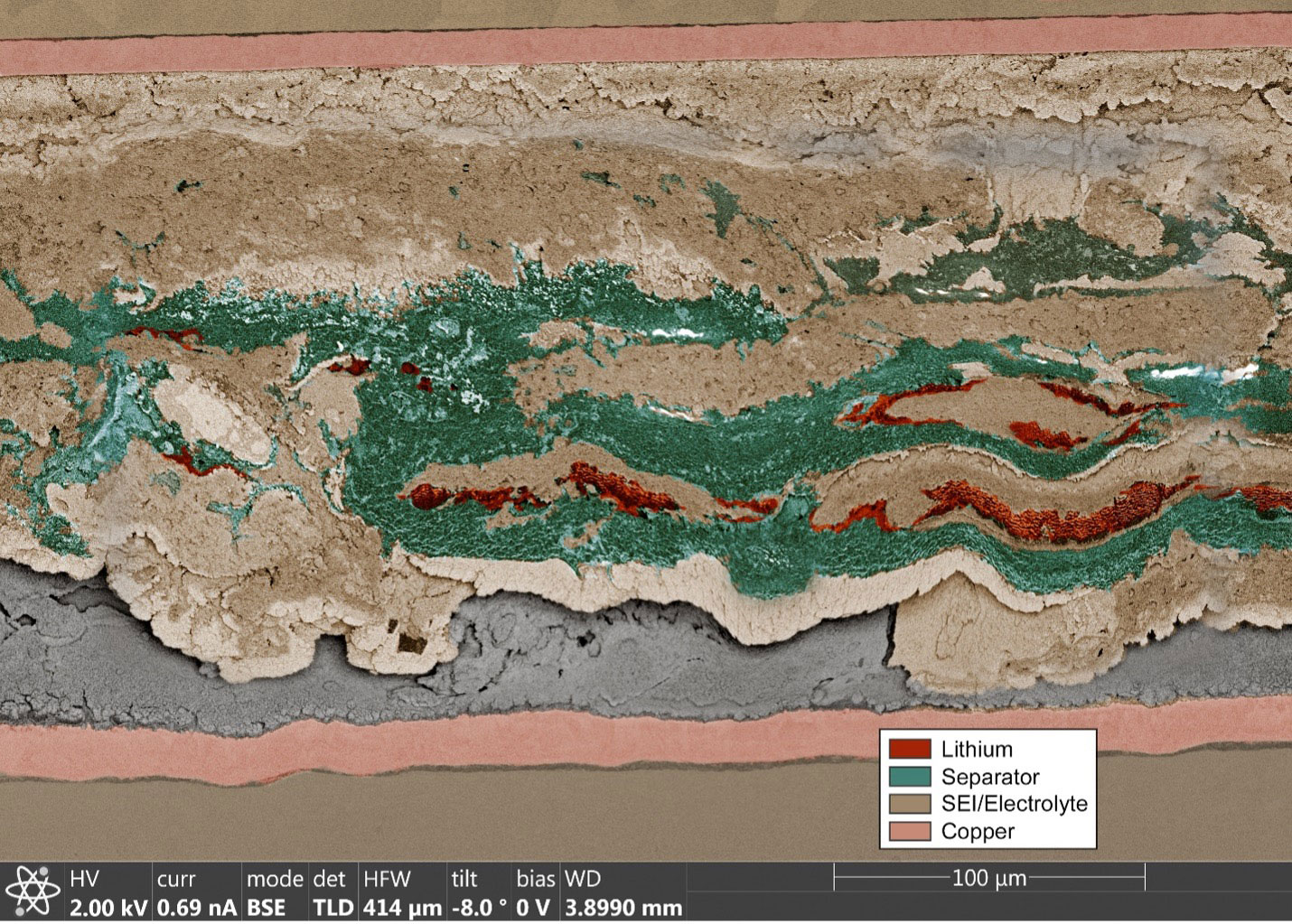
Why Is It So Hard to Make Batteries Smaller and Lighter?
Scientists freeze and cut a battery in half to look inside and reveal why it fails.

Scientists freeze and cut a battery in half to look inside and reveal why it fails.
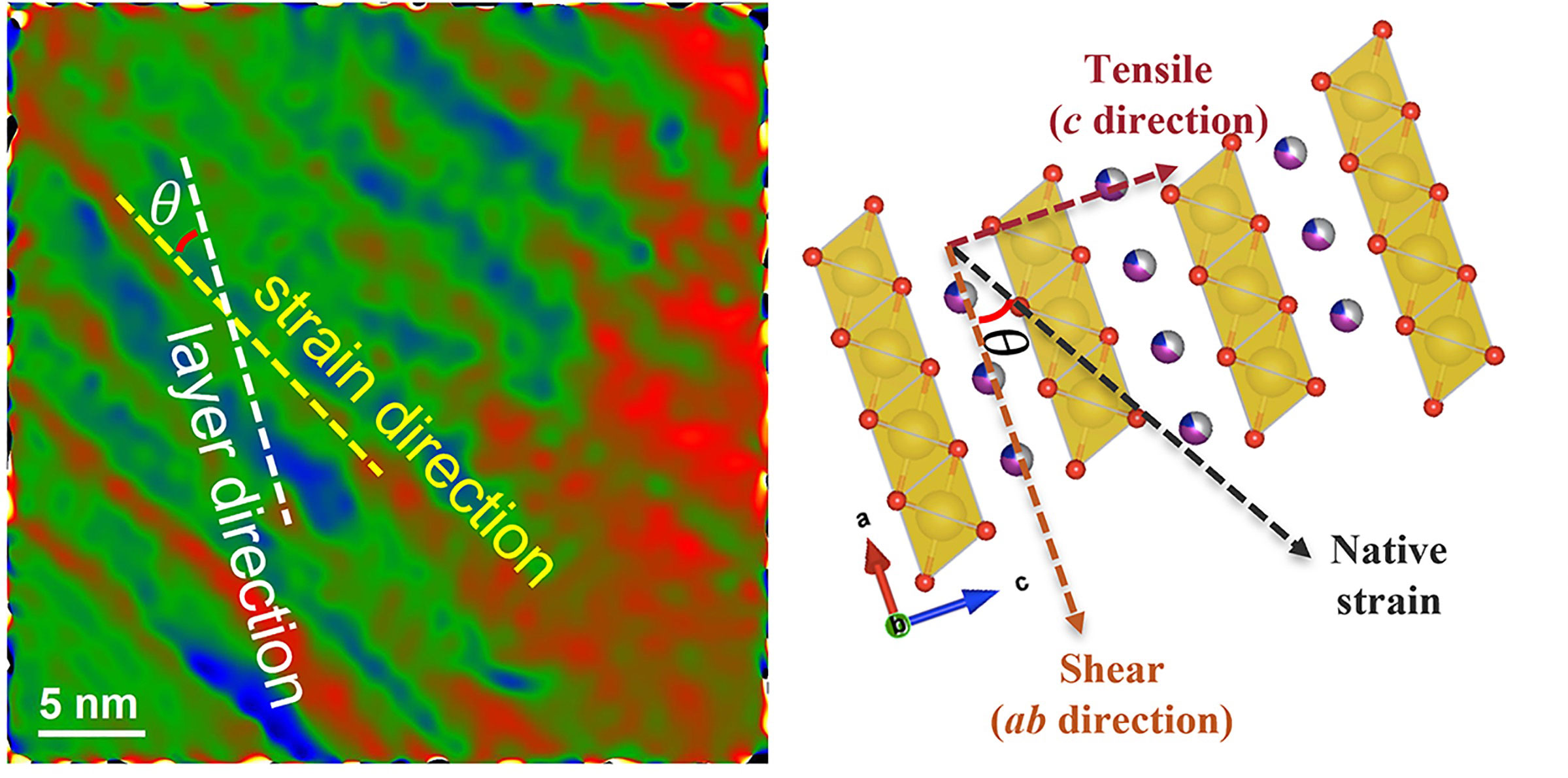
Understanding defects paves the way for longer lifetimes for sodium-ion batteries -- and lower energy storage costs.
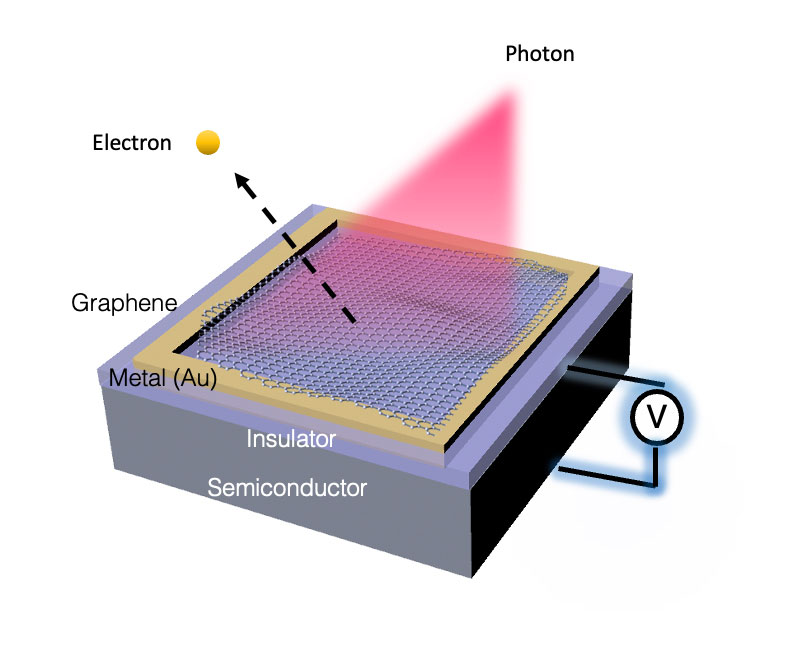
A graphene-insulator coating enables scientists to tune the energy required to liberate electrons from semiconductors.
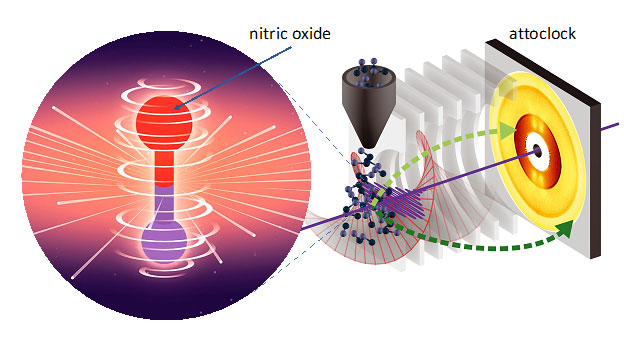
Scientists illuminate the quantum dynamics of electrons in highly excited molecules.
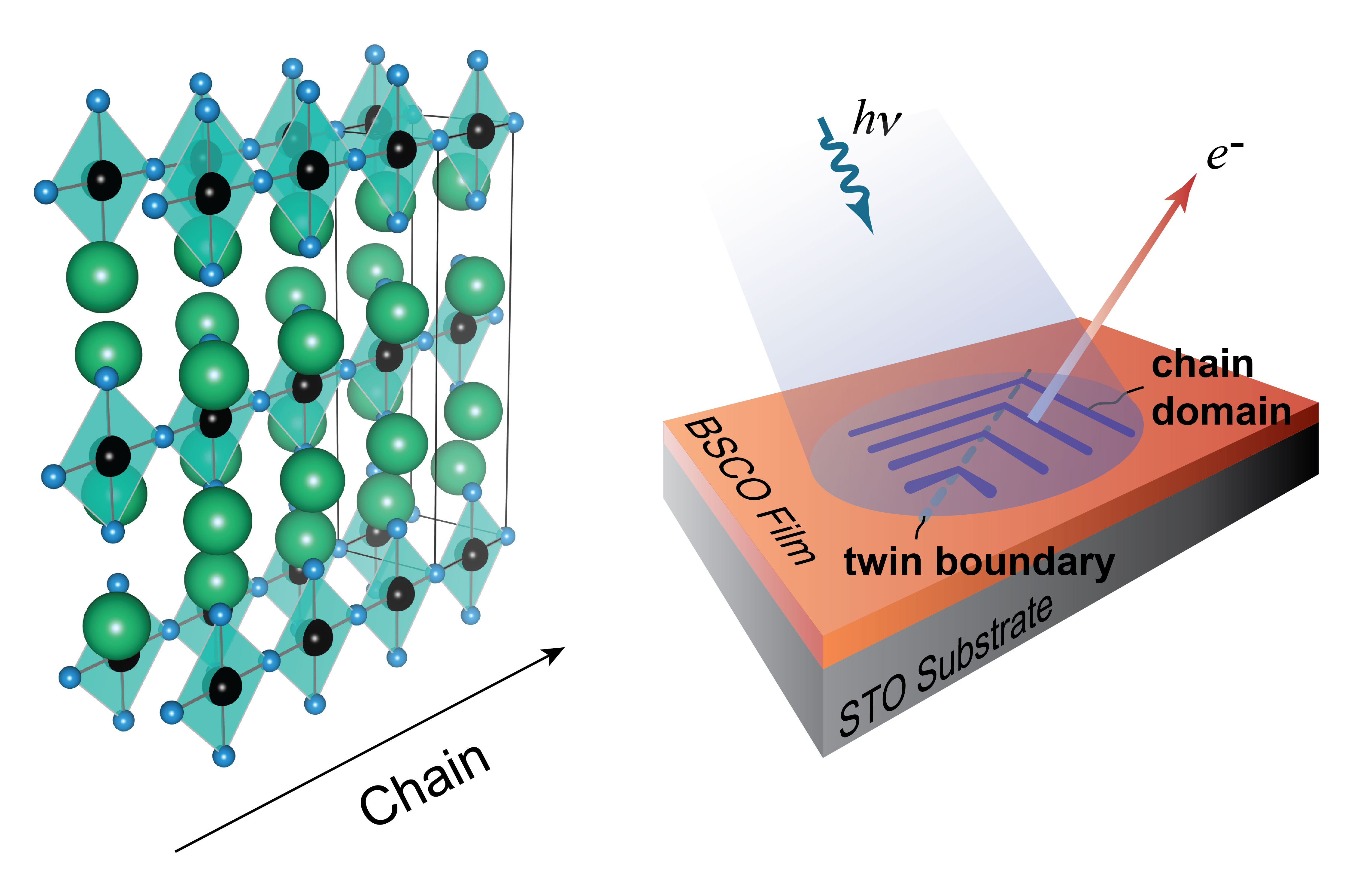
Scientists can now verify theoretical predictions using one-dimensional compositions grown in-situ at a synchrotron spectroscopy station.
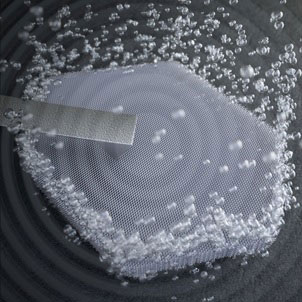
X-rays penetrate a working electrode to determine the structure and chemistry in play when water enters the electrochemically active layers.
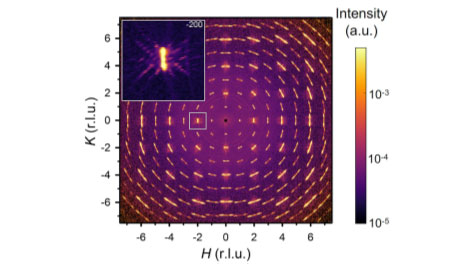
Scientists use a common engineering approach to enhance the superconductivity and induce ferroelectricity in the quantum material strontium titanate.
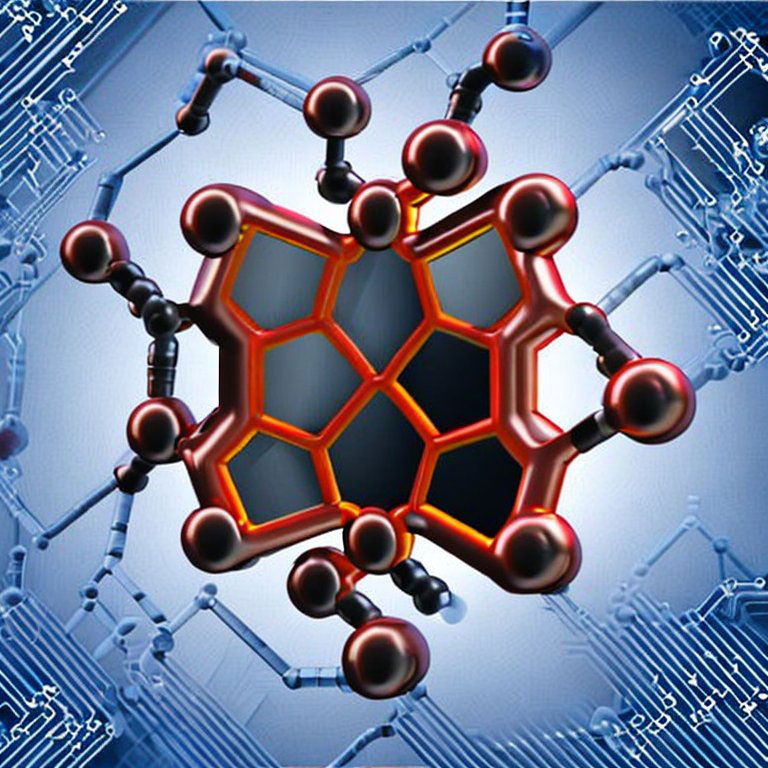
Package provides end-to-end analysis of microscopy images for accelerated materials research.
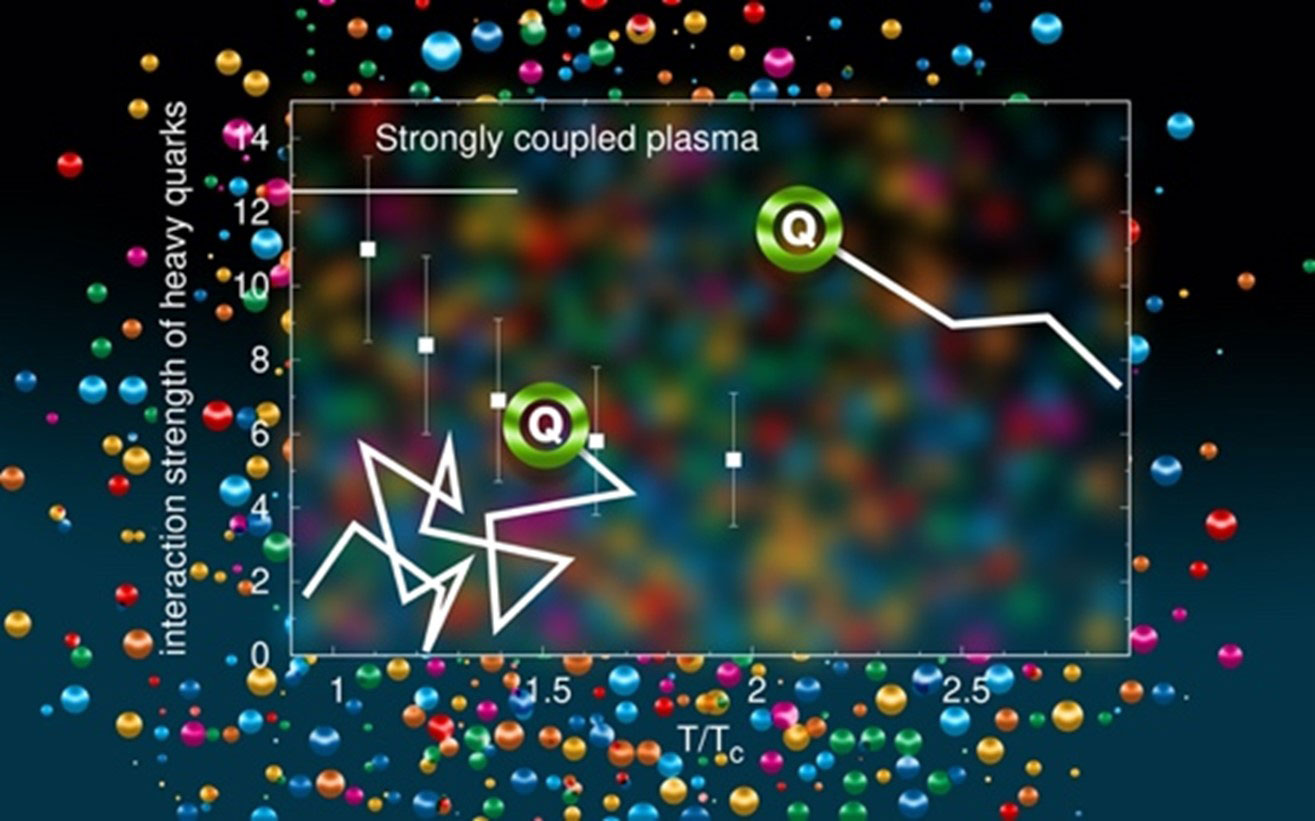
New results will help physicists interpret experimental data from particle collisions and better understand the interactions of quarks and gluons.
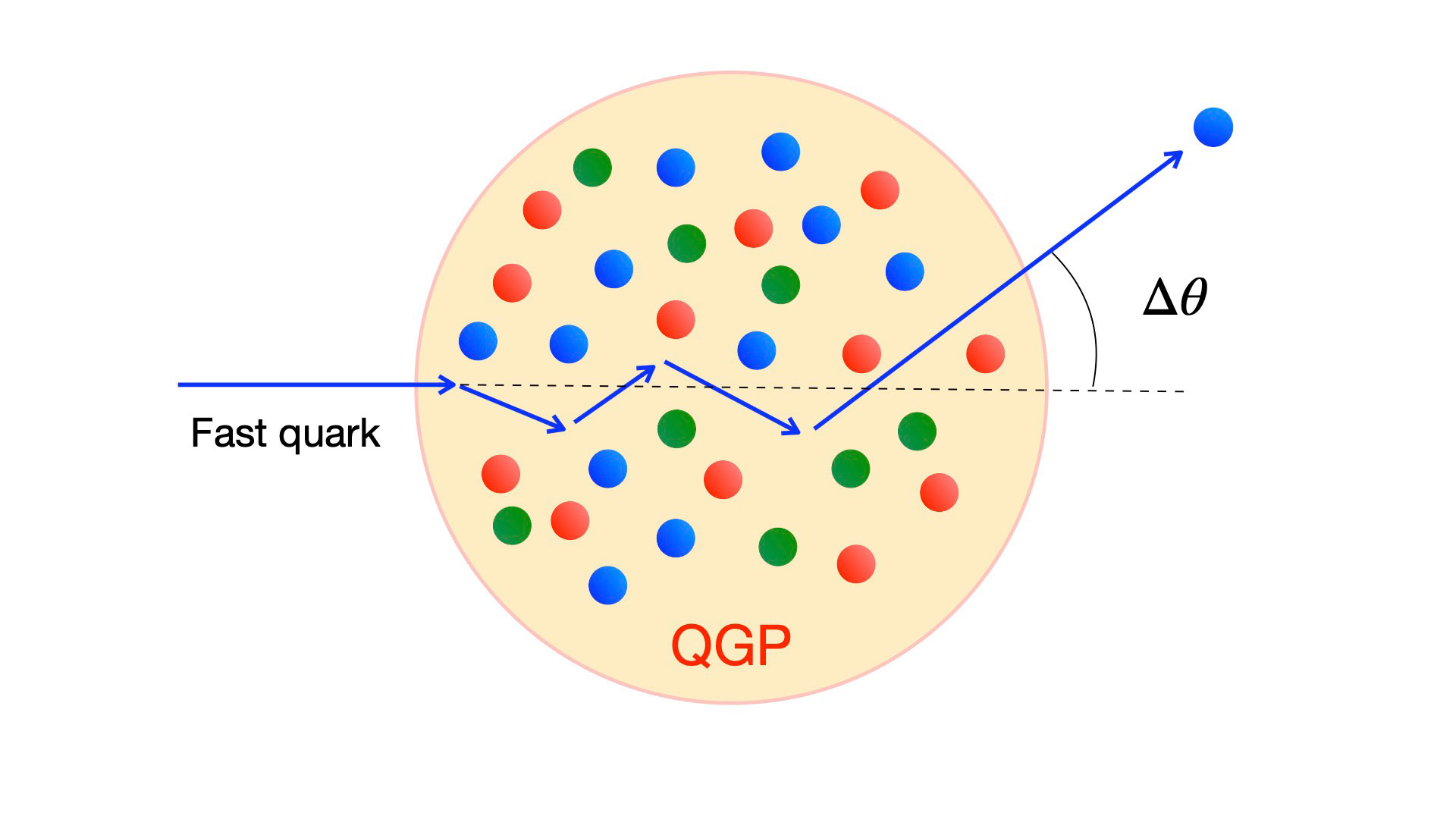
New calculations suggest that high energy quarks should scatter wider and faster in hot quark matter than can be accounted for by local interactions.
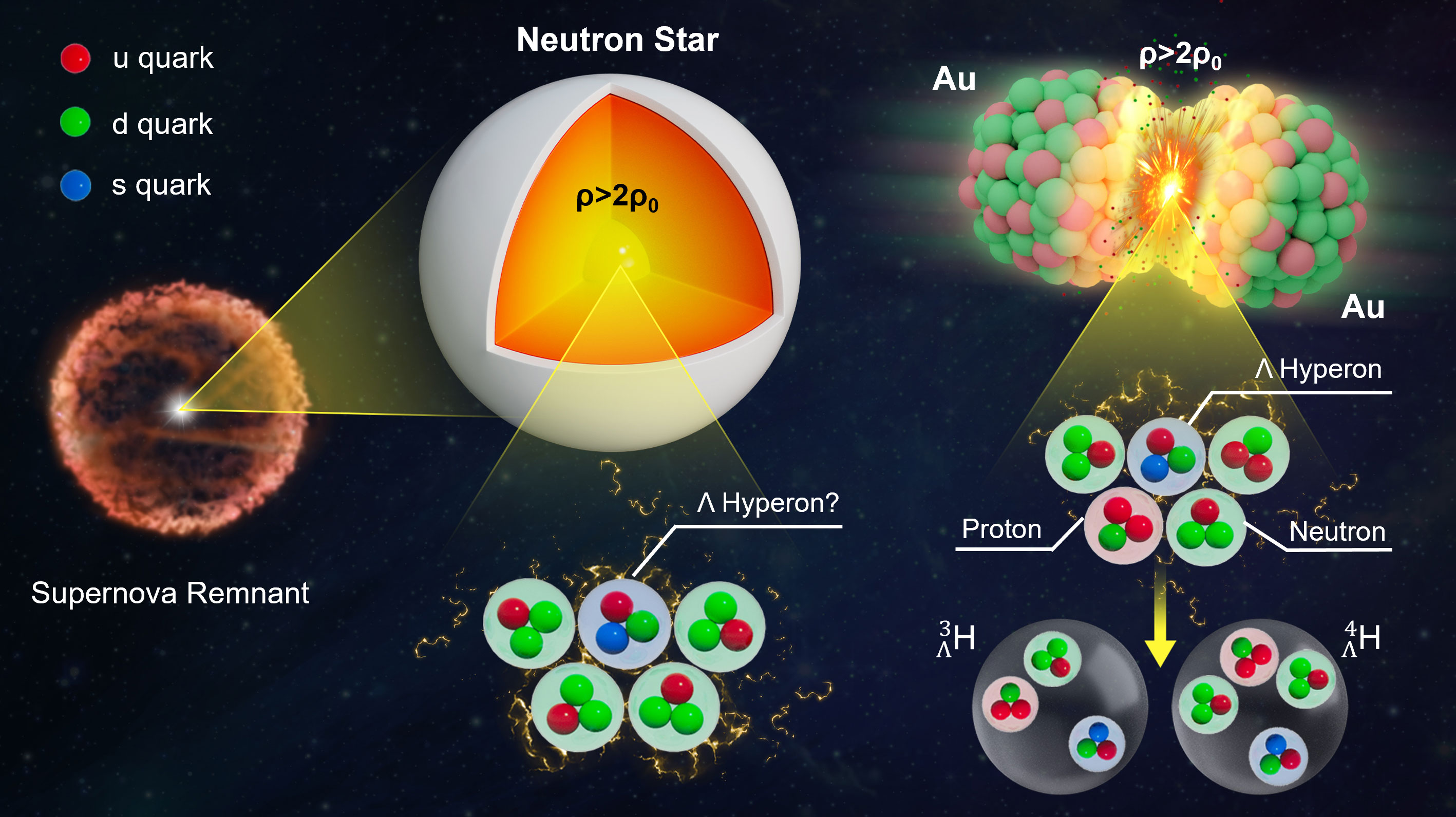
First measurements of how hypernuclei flow from particle collisions may give insight into the strange matter makeup and properties of neutron stars.
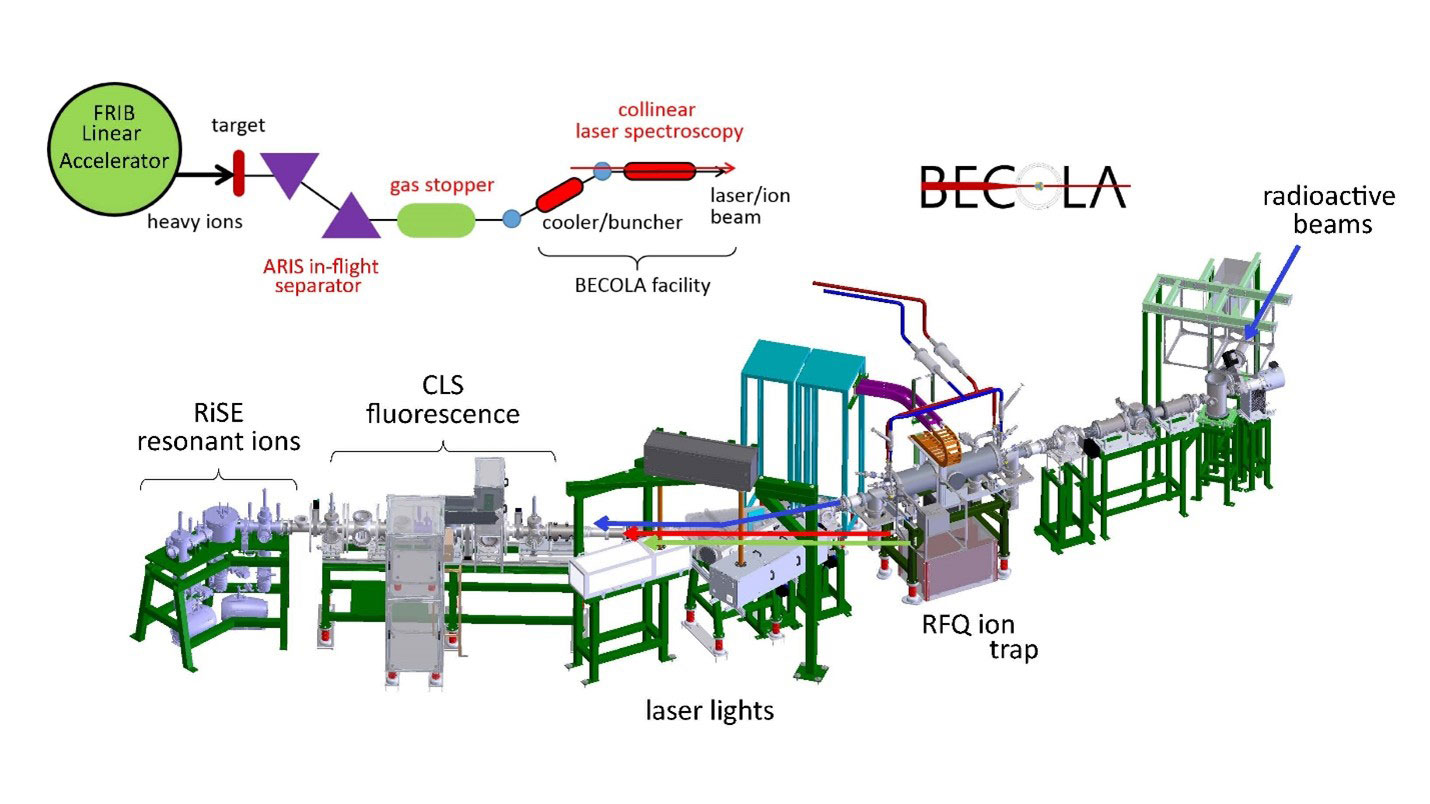
By reanalyzing the distribution of active protons in nuclei, researchers found a possible solution to a particle physics puzzle involving quarks.